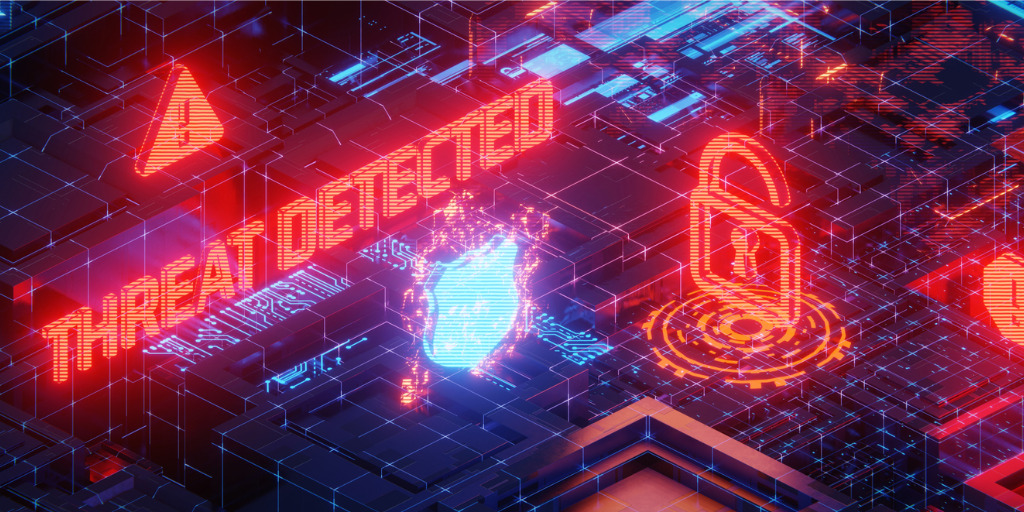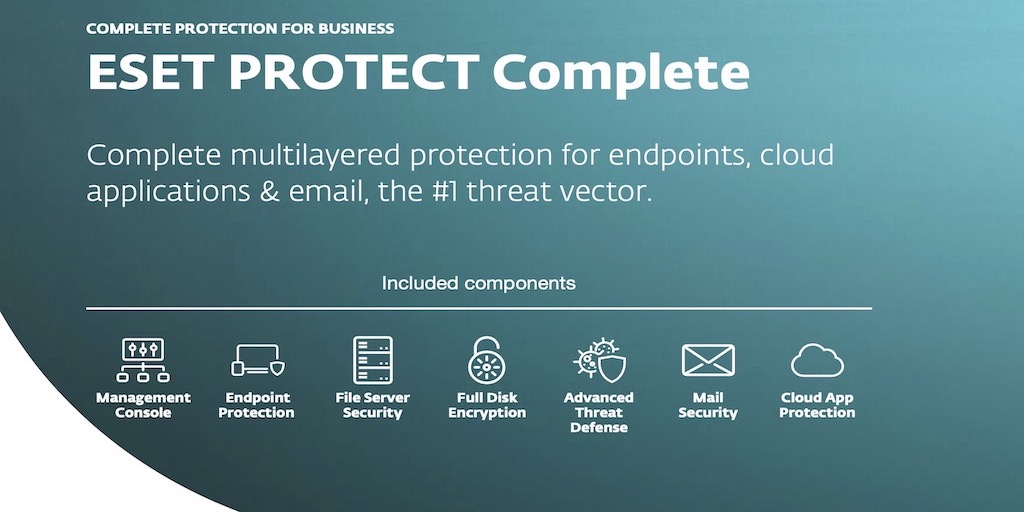The Plain English Guide to: Ransomware
Ransomware is emerging as one of the most effective – and destructive – types of malware circulating today. This is what you need to know. What is ransomware? At the most basic level it is a malicious application that is designed to stop your computer from working properly until you pay a ransom. In theory, […]
The Plain English Guide to: Ransomware Read More »





